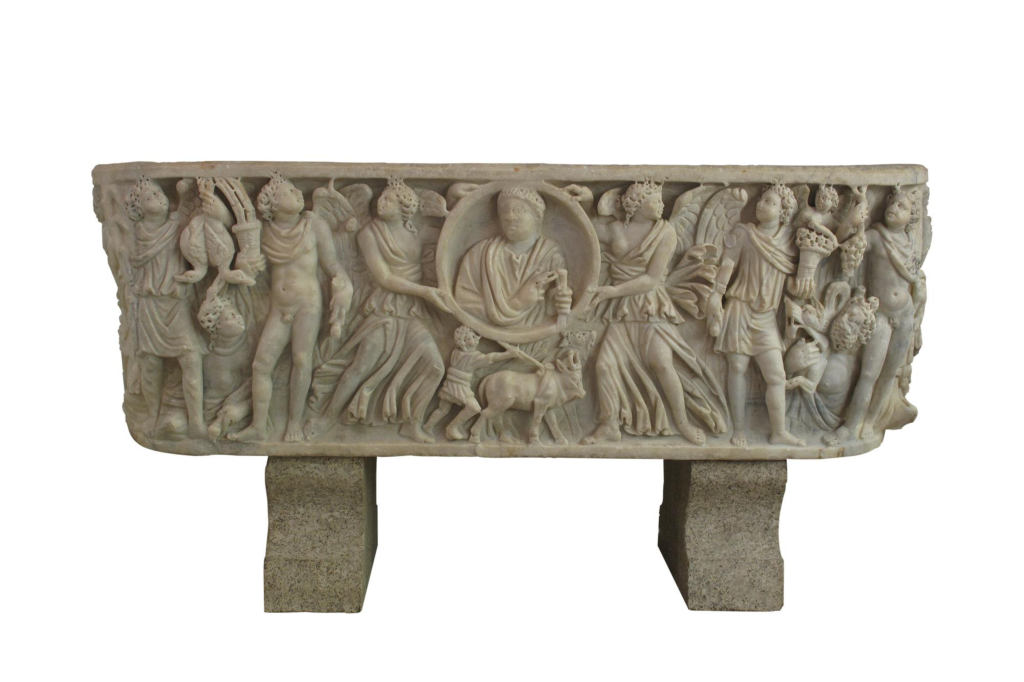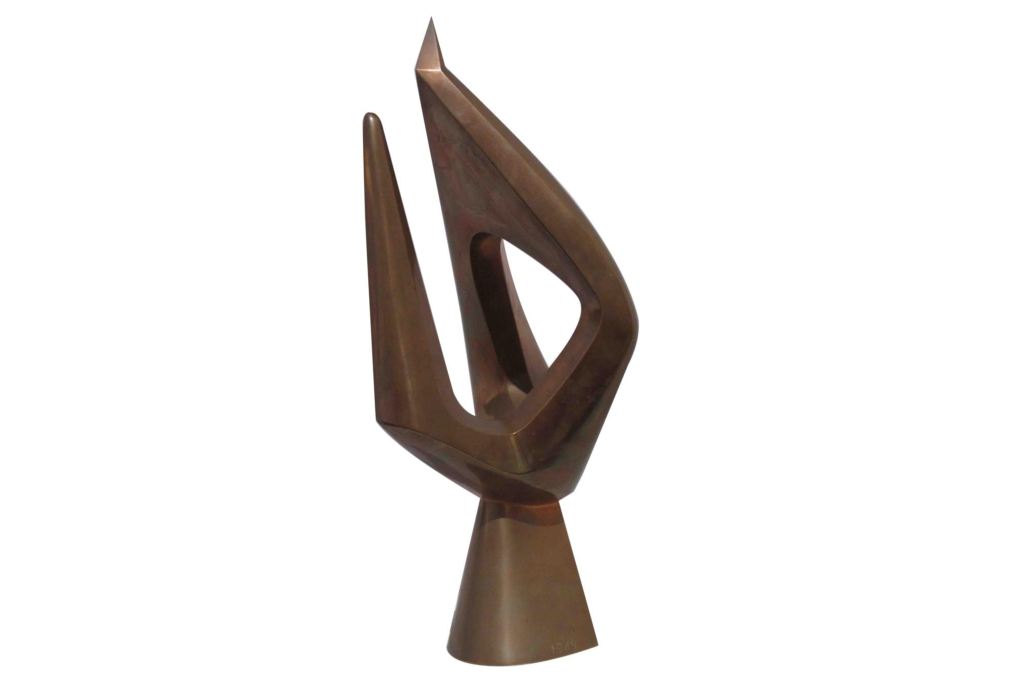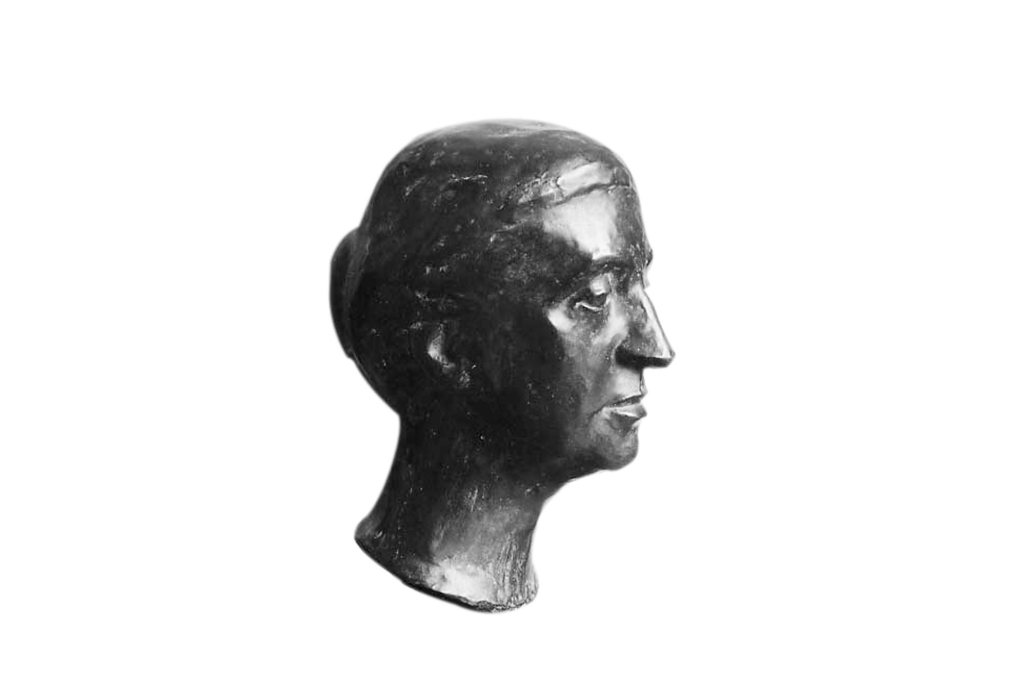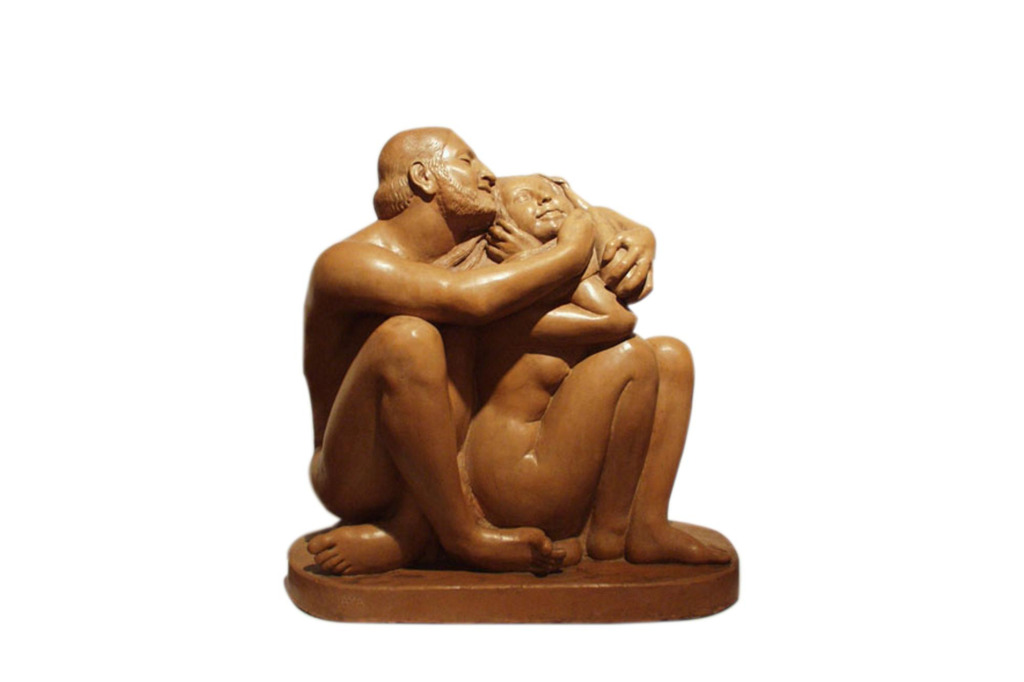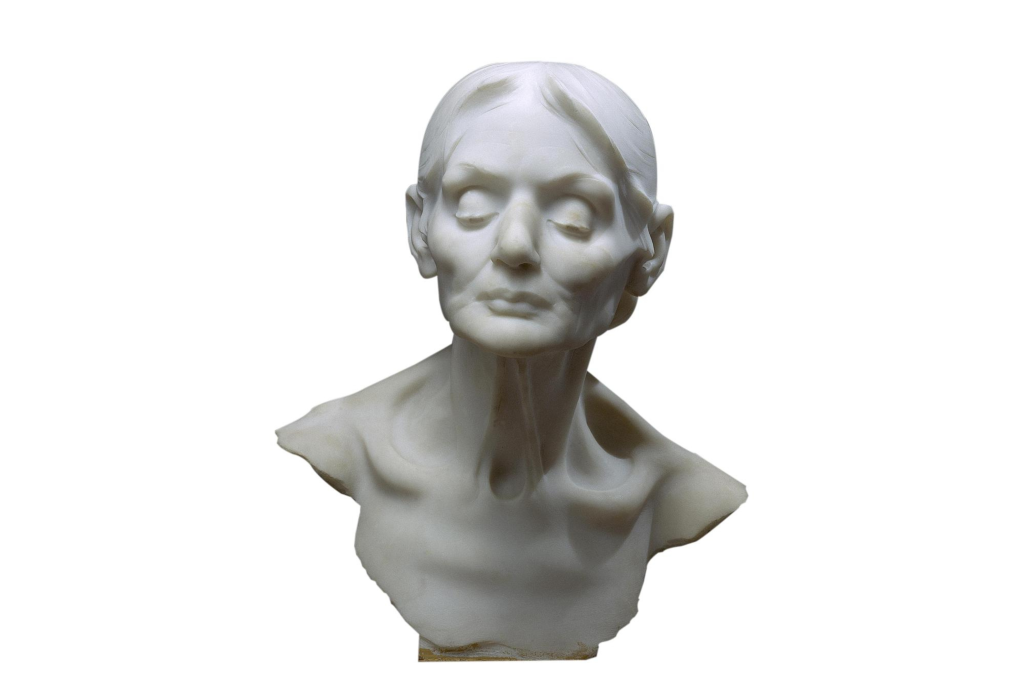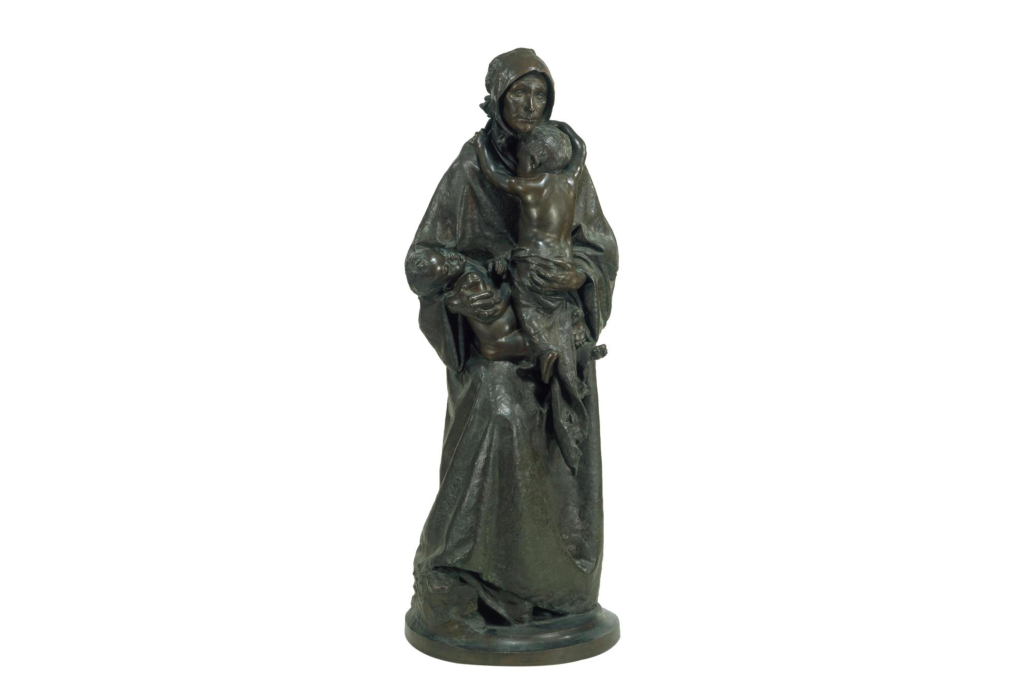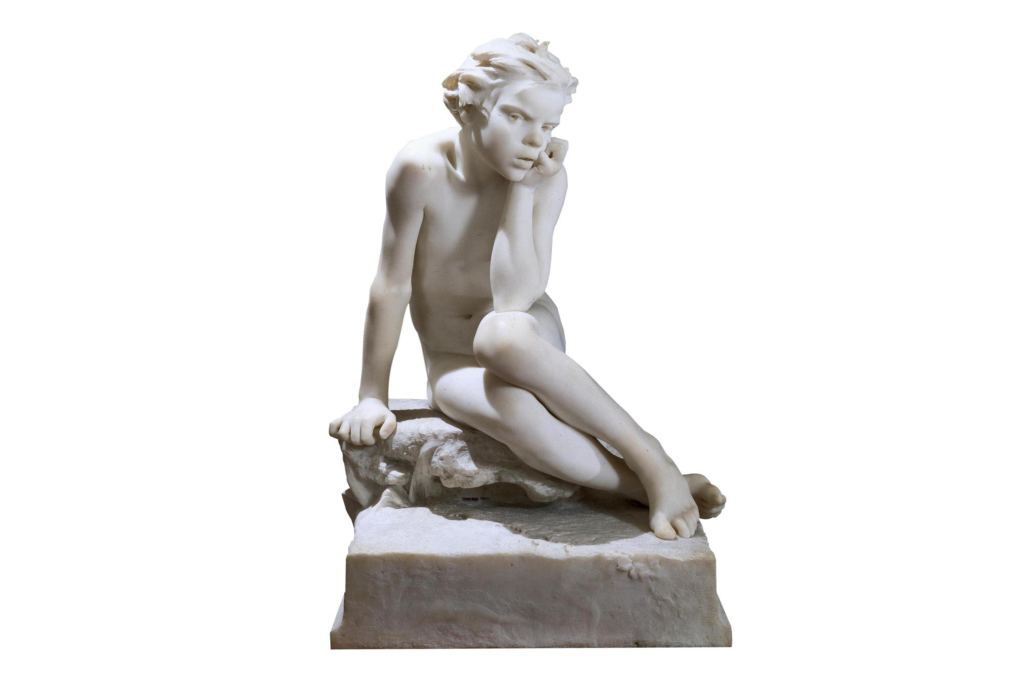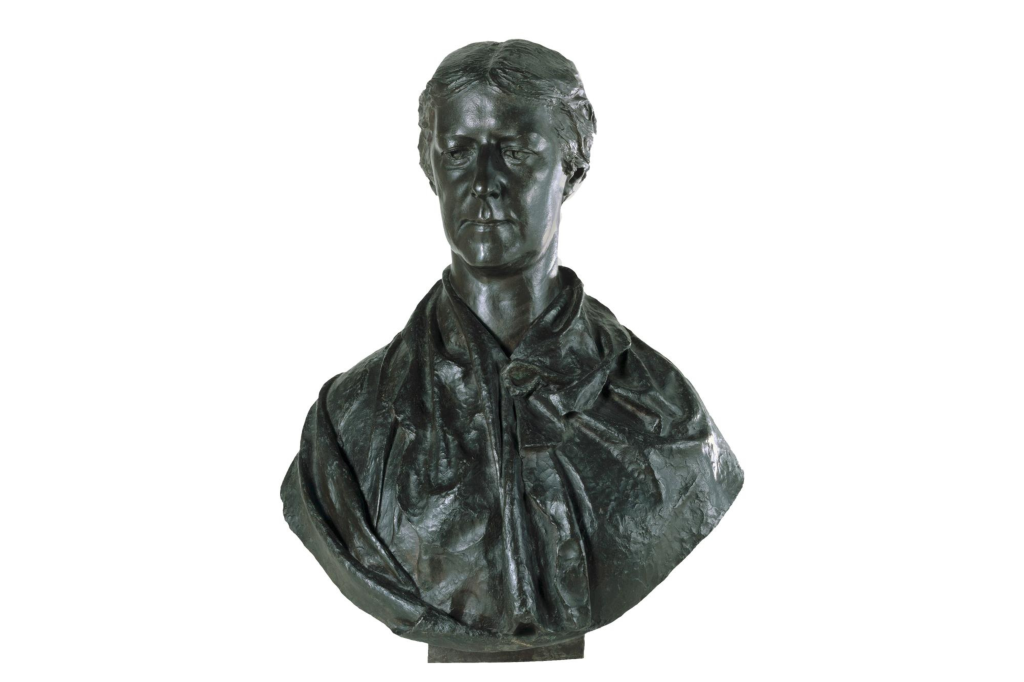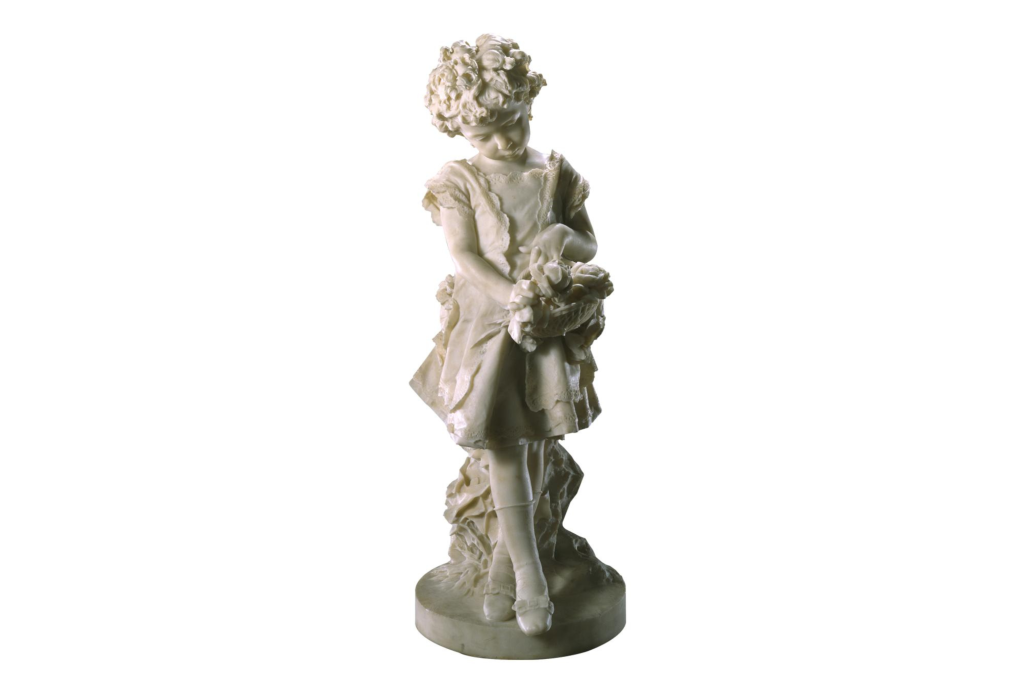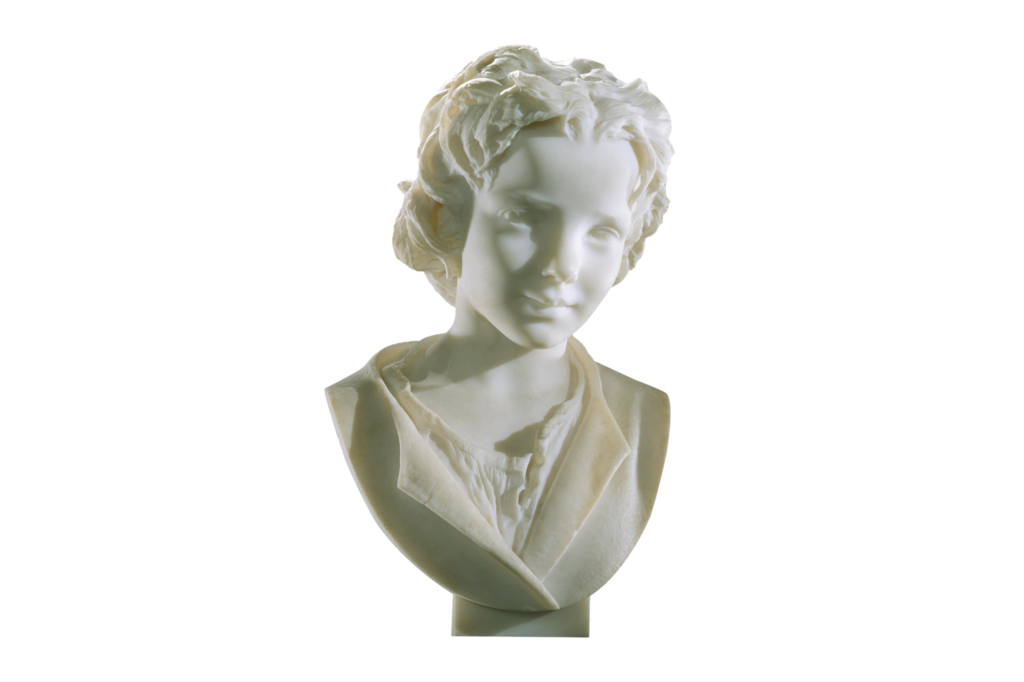The Soares dos Reis National Museum’s Sculpture collection features works by Soares dos Reis and, in particular, his famous The Exiled. Following the line of this Portuguese artist, the Museum includes pieces by Teixeira Lopes and various alumni of the Porto School of Fine Arts. There is also a section that brings together various Modernist artists and the estate of the German sculptor-ceramist, Hein Semke.
Soares dos Reis was prominent in the last quarter of the 19th century, a time when European relations in art education came to fruition through the awarding of scholarships. It was through such a scholarship that Soares dos Reis conceived O Desterrado (The Exiled, Rome, 1872), a work based on nostalgia that became a national icon. Other highlights include Flor Agreste (Wild Flower), the statues of the Count of Ferreira and the Brotero plasterwork. In the area of portraiture, the Busto da Inglesa, Mrs. Leech (Bust of the English Lady, Mrs. Leech), also attracted wide renown. One of Soares dos Reis’s most outstanding disciples at the Porto School of Fine Arts was António Teixeira Lopes, whose Infância de Caim (Cain’s Childhood) (1890) precedes the transition to Naturalism. This current includes Cabeça de Velha (Head of an Old Woman) by Fernandes de Sá, revealing the influence of Rodin, sketches by Alves de Sousa and pieces by Oliveira Ferreira, Pinto do Couto, Américo Gomes and others. In the 1920s, modernism featured in the works of António Azevedo, Diogo de Macedo and Francisco Franco, who were similarly influenced by the distilled treatment of portraiture, whilst Canto da Maya explored the ideal of a return to the origins of European art in pieces such as Baiser. There was a return to the Porto School with works by Gustavo Bastos and Irene Vilar, following Master Barata Feyo. In a non-figurative vein, there was also Abstração I (Abstraction I) by Arlindo Rocha (1949). Finally, the Hein Semke collection presents ideals of Peace and Justice in works that are transcendental in their appeal. The Sculpture collection also covers the Romanization of the Peninsula, as illustrated by a Sarcophagus, alluding to the Four Seasons, from Reguengos, in the Alentejo. There are also remarkable works from the Modern and Medieval Ages, in which an articulated Christ, dating from the 13th or 14th century between Valladolid and Palencia, is a particular highlight.
